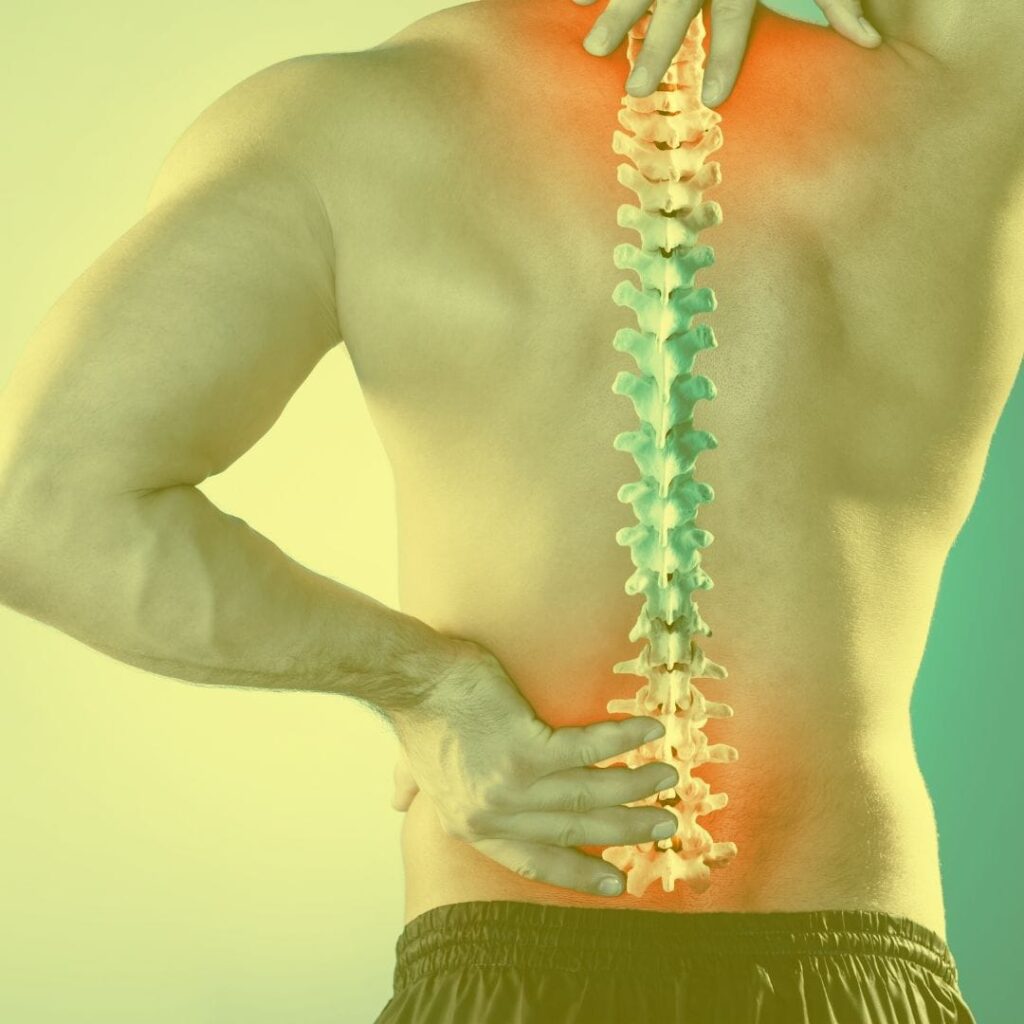Bad back pain is a common problem for millions of people worldwide, often caused by poor posture, muscle tension, or an underlying condition. Severe cases may require medical attention, but many people find relief with simple home remedies for back pain. Here are some effective natural solutions to reduce discomfort and improve mobility.

https://www.icarenest.com/bad-back-pain-home-remedies
Table of Contents
Home Remedies for Back Pain: Below are 12 natural ways to relieve discomfort, from heat therapy to correcting posture. Get relief without the drugs! Today, we’ll discuss when to seek medical help for lasting relief.
Back pain can be really annoying, but the good news is that there are plenty of easy, home remedies to help ease the discomfort. From gentle stretches to lifestyle changes, here are 12 effective ways to find relief—and when it’s time to see a doctor.
1. Keep exercising

Short walks, yoga, swimming, or light aerobics can loosen tight muscles and improve circulation. Regular exercise strengthens your back and can prevent future stress.
2. Correct your posture
Slouching puts pressure on your back. Try yoga, Pilates, or tai chi to improve alignment. Simple habits like sitting up straight, standing with both feet evenly spaced, and not staying in one position for long periods of time can make a big difference.
3. Use heat and cold therapy
A. Heat therapy—ideal for chronic pain or stiffness, helps relax muscles and improve blood flow.
B. Cold therapy reduces swelling and numbs pain; it is best for acute injuries or inflammation.
C. Heat and cold ice packs (wrapped in cloth) reduce swelling to maximize recovery from certain conditions (like muscle strains)—great for recent injuries.
A heating pad (or a warm rice sock) relaxes stiff muscles and increases blood flow.
4. Stretch

Try these easy stretches (hold each for 30 seconds):
Touch your toes (slowly lean forward)
Cobra Pose (lie on your stomach with your chest up)
Cat-Cow (arch and round your back on your hands and knees)
Child’s Pose (kneel in front of you with your arms extended)
5. Use pain-relieving creams
Menthol-based creams cool the area, temporarily reducing pain. CBD creams may also help, especially after surgery (consult your doctor first).
6. Get a massage.

A light massage can help relieve tension, although it is best for short-term relief.
A. Light massage can help relax tense muscles and improve blood circulation for short-term pain relief.
B. Avoid deep pressure on injured or inflamed areas to prevent further damage.
C. Use gentle strokes for sore muscles, but avoid massage if you have an open wound or fracture.
D. Warm oils or creams can increase relaxation, but avoid them on inflamed or irritated skin.
E. Consider professional massage for chronic pain, but consult a doctor first if you have health concerns.
7. Try arnica gel
This natural remedy may reduce muscle pain and bruising, although scientific evidence is limited.
A. Reduces pain and swelling—Arnica gel is commonly used to reduce inflammation and soothe muscle pain, joint pain, and bruises.
b. Accelerates wound healing—Its anti-inflammatory properties help wounds shrink faster when applied topically.
c. Relieves arthritis discomfort—Many people use arnica gel to reduce stiffness and pain caused by arthritis pain or overuse.
d. Safe for minor injuries—Unlike some pain relief creams, arnica (used as directed) is a natural alternative for sprains, strains, and post-workout soreness.
(Note: Pregnant women or people taking blood thinners should not apply to broken skin and should consult a doctor before use.)
8. Wear supportive shoes

Swap high heels or worn-out shoes for comfortable, low-heeled options. Orthotic inserts can provide additional support.
a. Reduces pressure on your spine—Properly cushioned, supportive shoes help absorb shock and maintain alignment, reducing pressure on your lower back.
b. Improves posture—Shoes with good arch support and a stable base encourage good posture, preventing slouching and muscle imbalances.
c. Prevents overpronation/flat feet—Supportive footwear corrects excessive inward rotation of the foot, which can lead to back pain over time.
d. Enhances comfort for daily activities—Whether walking, standing, or exercising, the right shoes reduce fatigue and discomfort, keeping your back pain-free for longer.
9. Set up your workspace

A. Screen at eye level—Position your monitor so you’re looking straight ahead, not down, to avoid straining your neck.
Raise your computer screen to eye level.
- Ergonomic chair—Use a chair that supports your lower back and keeps your feet flat on the floor.
- Lift with your feet—bend your knees when lifting heavy objects, keeping your back straight, protecting your spine.
- Prevent slouching—these changes help you sit up straight, reducing back and shoulder pain.
- Less strain—A good setup keeps muscles relaxed instead of tense.
- Stay safe—protect your back now and prevent long-term damage.
10. Prioritize sleep

a. Sleep heals—7-8 hours of sleep helps heal your back and reduces pain.
b. Sleep on your side? Make it a habit to sleep with a pillow between your knees to keep your hips/spine aligned.
c. Avoid sleeping on your stomach—this puts pressure on your neck and lower back. You should sleep on your right side with your right hand on your right cheek.
d. Less pain—A good night’s sleep relaxes muscles and reduces inflammation, which helps keep your mind and body refreshed.
e. Regular work—Set a regular time to go to bed at the same time every day in a quiet place and complete the rest of the work on time when you are fully asleep. Insufficient sleep can make back pain worse.
11. Eat anti-inflammatory foods
a. Eat whole grains, vegetables, and yogurt—these foods help reduce swelling in your body. They also help reduce your body fat.
b. Try turmeric, ginger, and green tea—these naturally soothe pain and stiffness. Turmeric and ginger help with digestion.
c. Avoid excess sugar—Sweets and soda can make back pain worse. Avoid sugary foods.
d. Avoid processed foods—avoid chips and frozen and fast foods. Especially avoid flour foods.
e. Eat meat—especially reduce your intake of red meat. This can cause more pain in some people. Eat meat as recommended by experts.
f. Hydrate well—Drink 2.5–3 liters of water throughout the day. Eating watermelon and cucumber will maintain the body’s hydration balance and help flush out toxins that cause pain.
12. Reduce stress.
a. Stress creates tension—when you are stressed, your muscles tighten and pain increases.
b. Breathe deeply—Taking slow, deep breaths helps relax your body and mind.
c. Relax your muscles—Tighten each muscle group to relieve tension and then release it.
d. Reduce stress Reduce pain—stress management helps keep your back muscles relaxed.
“When to see a doctor“
a. Try home remedies first—most back pain gets better with rest and care.
b. See a doctor if the pain is severe—or seek medical advice very quickly if it lasts more than a few weeks.
c. Watch for numbness/tingling—this could mean a nerve problem.
d. Weakness is a warning sign—if you have difficulty moving your leg, you should get checked out quickly.
e. After an injury? Get help—a fall or accident can cause hidden damage.
“Small changes can make a big difference! Things like staying active, sitting up straight, and using hot/cold packs often help relieve back pain quickly. But if your pain persists, it’s always wise to consult a qualified medical professional. And follow a routine”
